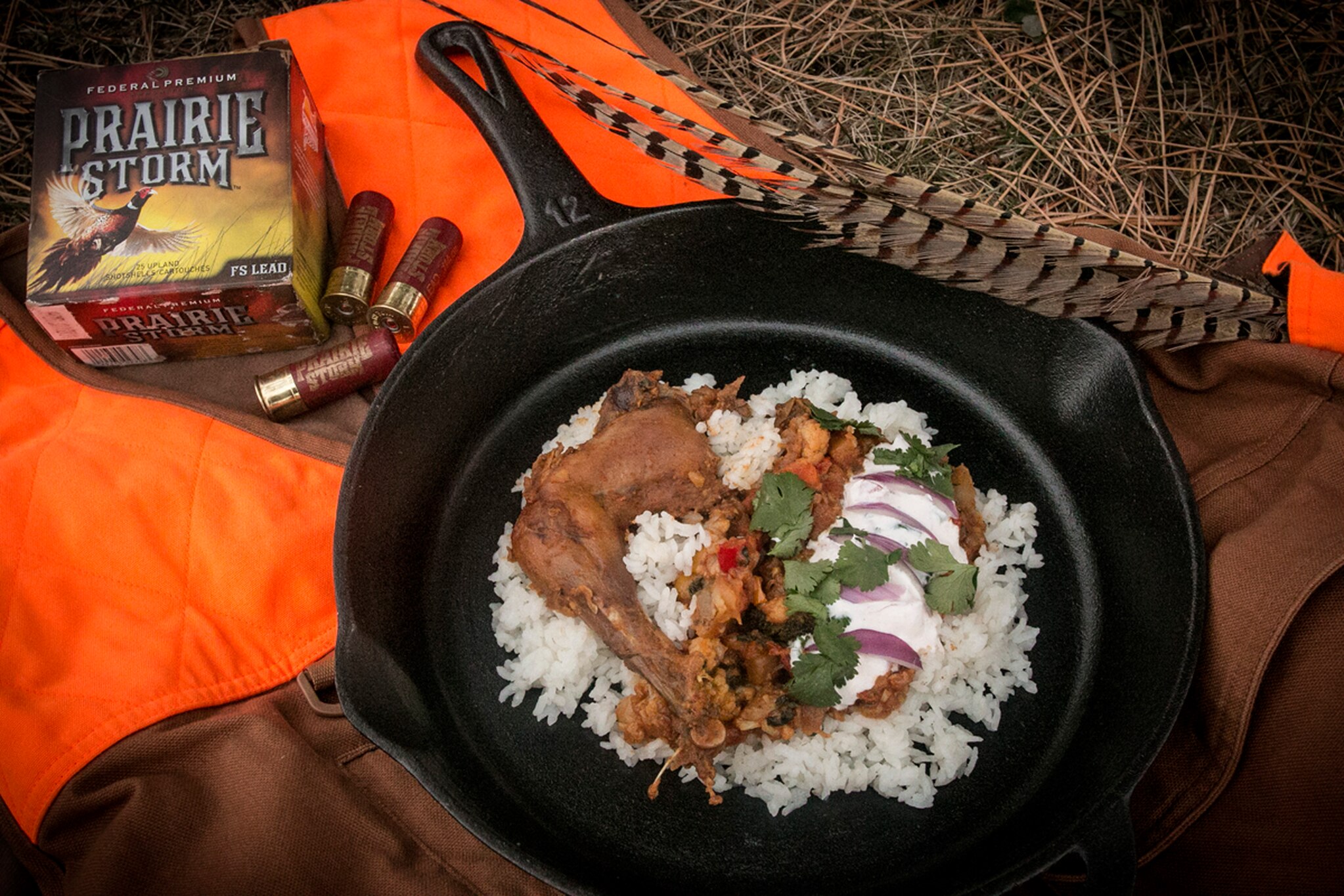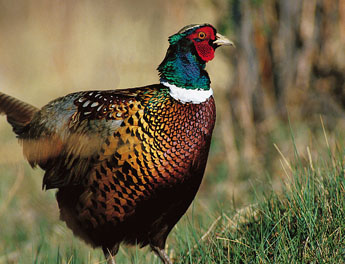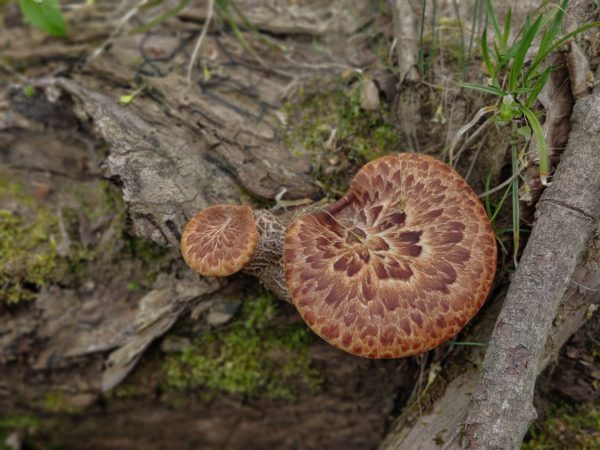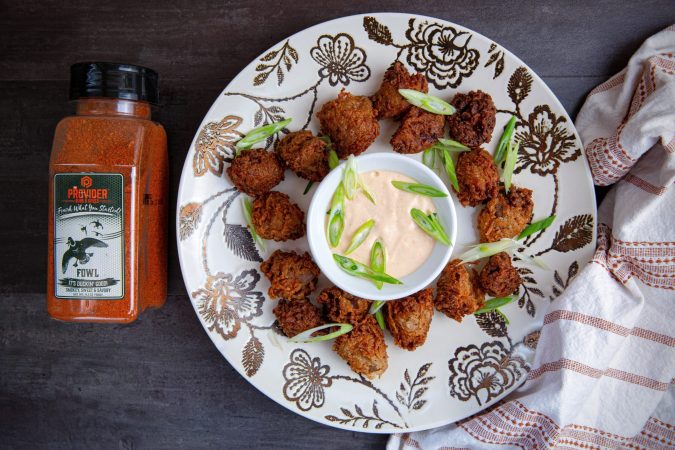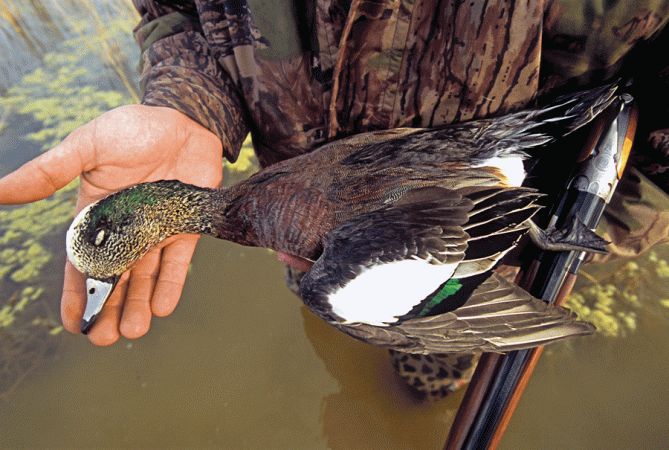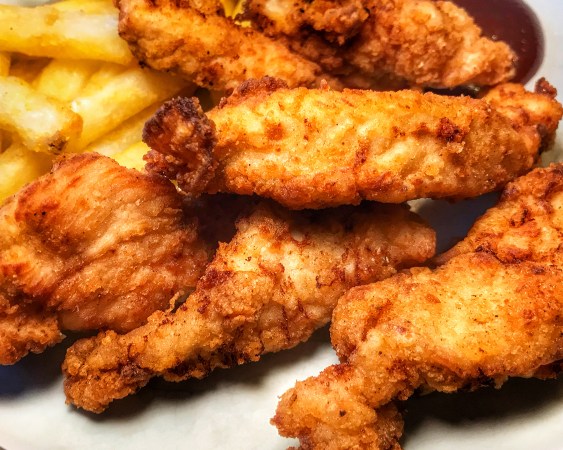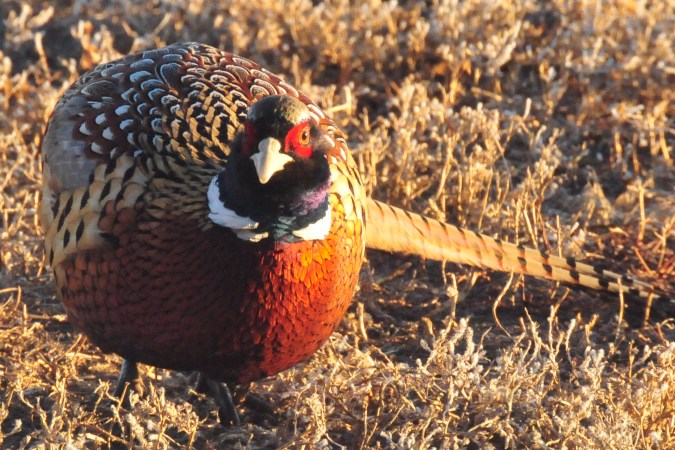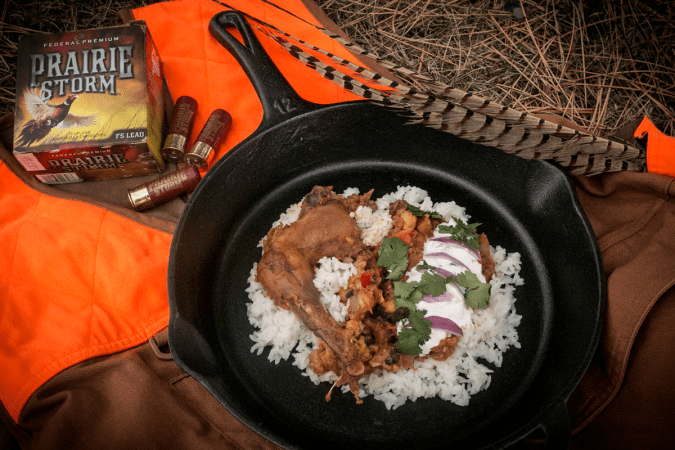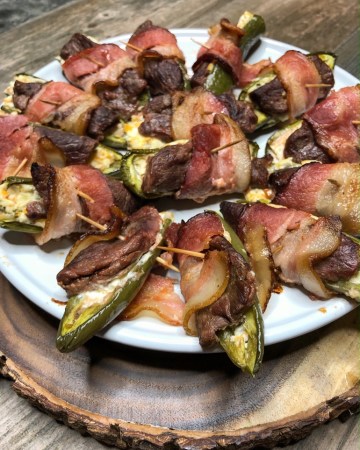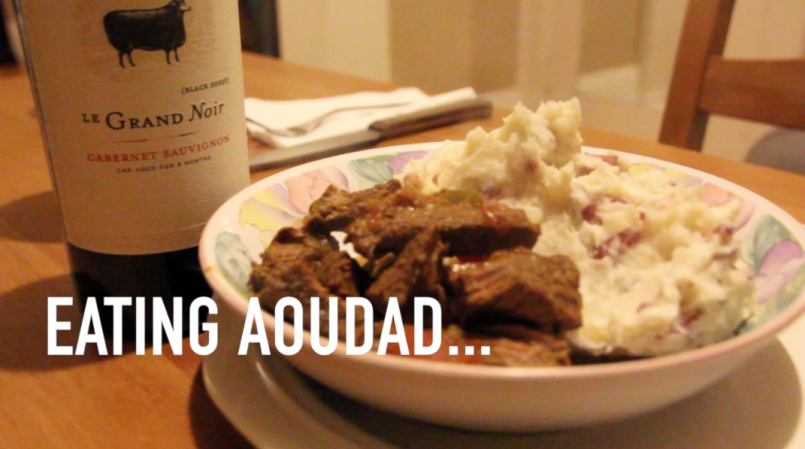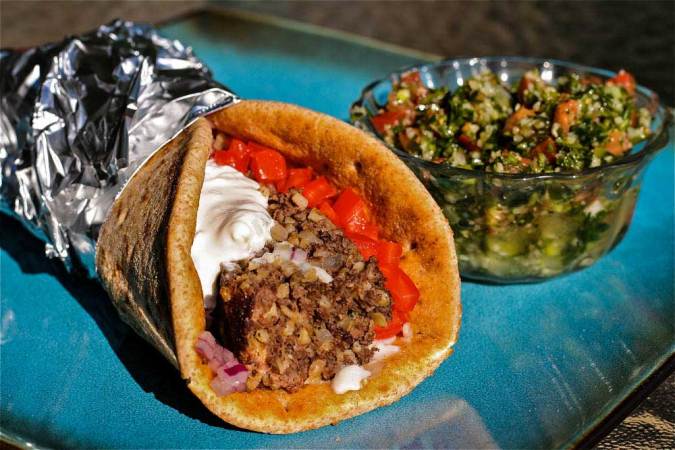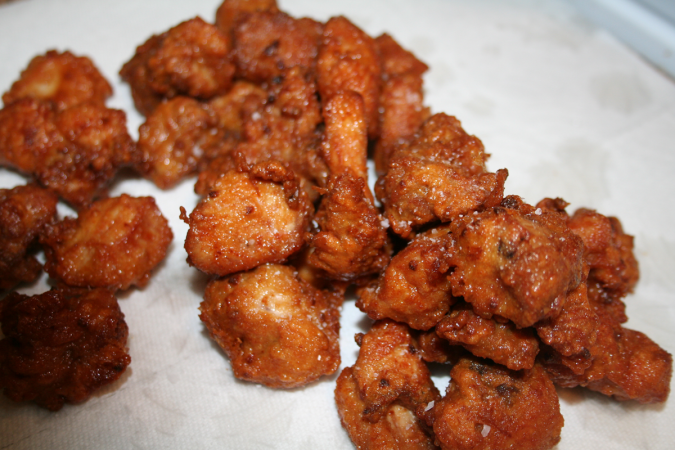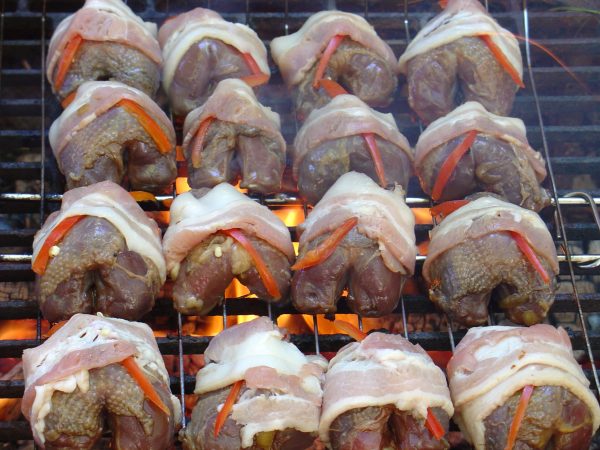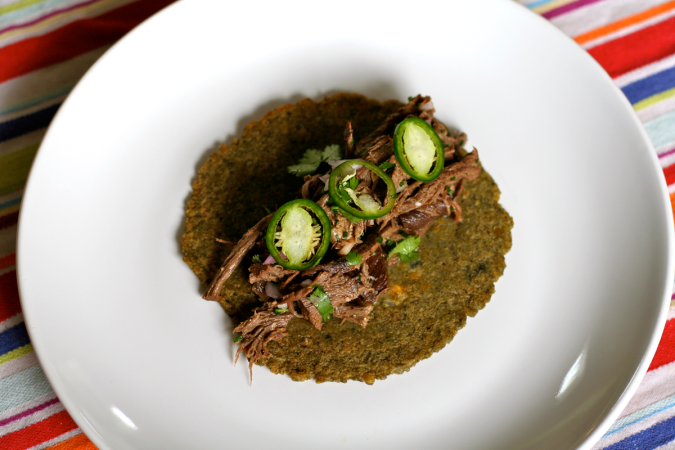Many bird hunters have developed some bad habits. One of the worst is stuffing doves or pheasants into a rubber-lined game pocket and leaving them there to “cook,” and perhaps spoil, by the end of the day. Other hunters might field dress a bird, let it hang for a couple of days, then try to dry-pluck it. The usual result is that pieces of skin are torn away and the bird is a mess.
Don’t waste good meat. Here’s some advice from a few experienced hunters and shooting-preserve operators who have cleaned literally thousands of pheasants and other game birds. These experts agree on the right way to handle a bird in the field.
Step 1. Field Dress ASAP
A bird should be field dressed soon after it is shot, particularly in warm weather. Field dressing is a simple operation. First, lay the bird on its back and pull the feathers off from below the breastbone to the anal opening, clearing the area for the first cut. Make the cut from the soft area below the breastbone down to the anal opening, being careful not to puncture the intestine. Reach in and take out the viscera, pulling downward toward the anal opening. Then remove the windpipe and crop.
Step 2. Get Rid of the Blood
During warm weather, pack the empty cavity with dry grass and then press the sides of the opening tightly together. The grass will absorb the blood and will keep insects from entering the cavity. In cold weather, don’t bother. Leave the cavity open and the meat will cool, free of bugs. You can expedite the cooling by placing snow in the cavity. Both dry grass and snow can also be used on furred small game such as rabbits and squirrels.
Step 3. Keep Air Circulating
Unless the outside temperature is very cold, try to avoid carrying birds in a lined game pocket, where minimal cooling will take place. It’s far better to hang the birds from your belt or a sling, exposing them to the air.
Step 4. Skinning Isn’t So Bad
Many hunters believe it’s a crime to skin a grouse or pheasant, but it’s really a matter of preference. One ratio-nale for skinning rather than plucking a bird is that the hunter might not be in a situation where taking the time to remove all the feathers is feasible.
You can easily pluck a bird immediately after it is shot, when the body is warm. The feathers will pull out with little trouble, and the skin will not tear. Granted, some hunters dislike stopping a hunt after each kill to pluck a bird. Whether you skin a bird or pluck it in the field, place it in a zip-top bag so that the bare skin isn’t exposed to dirt and bacteria.
Step 5. Not Too Hot, Not Too Cold
Once its body has cooled, plucking a pheasant will most likely tear it apart. If you want to pluck a cooled bird, first dip it in hot water (180 degrees exactly). If the water is cooler or hotter than 180 degrees, the skin will tear. It’s hard to maintain the correct water temperature, so this method isn’t recommended. If you plan to pluck pheasants, do it in the field soon after the birds are in the bag.
Step 6. Hanging Helps Tenderize
If you want to tenderize mature cock pheasants, hang the field-dressed birds in a cool, dry place for a couple of days before skinning them.
Don’t expect any dramatic improvement in the taste. You won’t be able to detect much difference between birds skinned in the field and those skinned a few days later.
An Easy, Authentic Curry Recipe for Wild Pheasant
That rooster pheasant in your freezer might be only days or weeks old—you can still vividly remember his cackling flush and your instinctive shot—but if you turn him into this delicious Indian curry, you’ll be turning back the clock thousands of years. Archaeologists discovered evidence that people were eating curry at least 4,000 years ago, so it shouldn’t come as a surprise that the long history and numerous adaptations of this ancient dish are … complicated. But curry isn’t complicated to make, and it’s a fantastic comfort food—ideal for a fall or winter feast among friends. It’s sweet, spicy (you choose your limit) and filling, and it just so happens to go perfectly with pheasant.
My beautiful girlfriend, Samina, introduced me to this particular curry creation. She acquired the coveted family recipe from her full-blooded Indian father, Muneer. He learned it from his mother, who might very well be cooking curry in her Bangalore home as this is written. There’s no telling how deep the roots of this sacred recipe go, but it’s certainly authentic.
Ingredients
(Serves 4-6)
1 pheasant (breast meat and whole legs) 1 medium sliced onion 3 large diced tomatoes 2 medium chopped potatoes 2 cups mixed chopped vegetables (your choice; I recommend sweet peppers, cauliflower, carrots, broccoli) 1 diced jalapeno pepper 1 medium bunch cilantro (leaves only) 1/2 cup plain white yogurt 1/2 cup sour cream 1 teaspoon ginger paste 1 clove minced garlic 1 1/2 teaspoons cayenne pepper 1/2 teaspoon curry powder 1/4 teaspoon ground cardamom 1/4 teaspoon cumin 1/2 teaspoon cinnamon 2 teaspoons salt (or add salt to flavor) 1/2 cup vegetable oil 2 cups basmati rice (any white rice will suffice) 4 cups water
Directions
Main Dish
- Slice pheasant breasts into medium-sized cubes. Leave legs whole.
- Heat vegetable oil in a large cast-iron skillet (at least 12-inch diameter) on medium heat. Add 3/4 of the sliced onion and pheasant, spread evenly across skillet surface. Brown pheasant on both sides, flipping only once.
- Add ginger, garlic, cayenne, curry powder, cardamom, cumin, cinnamon, salt, two of the diced tomatoes, both chopped potatoes, 3/4 jalapeno and yogurt. Cover the skillet. Cook until potatoes are soft.
- In a separate pot, mix rice with water and bring to a boil. Remove from heat source and cover.
- Add all remaining vegetables to curry. Heat until veggies are fully cooked but still firm.
- Add 3/4 of cilantro leaves and simmer for 10 minutes on low, covered.
Salad Combine remaining sliced onion, diced tomato, jalapeno and cilantro with sour cream and thin to saucy consistency with water.
Serving Instructions
Scoop a healthy portion of rice onto a plate or into a bowl. Smother rice with the curried vegetables and pheasant pieces. Soak all of it with a liberal amount of the liquid curry “sauce” that has collected at the base of the skillet.
Tip: If you’re in the middle of cooking and realize there isn’t enough sauce, just add some water.) Smother all the curried awesomeness with the salad, or just serve it on the side.
